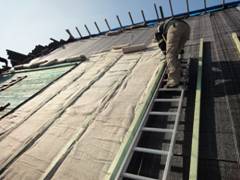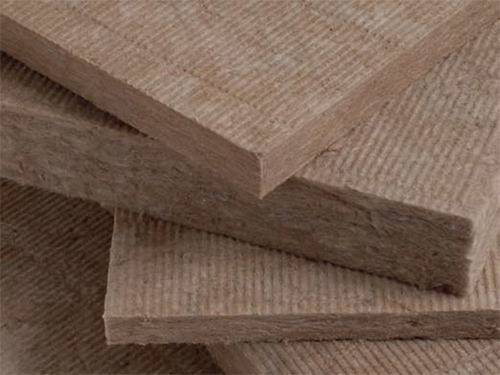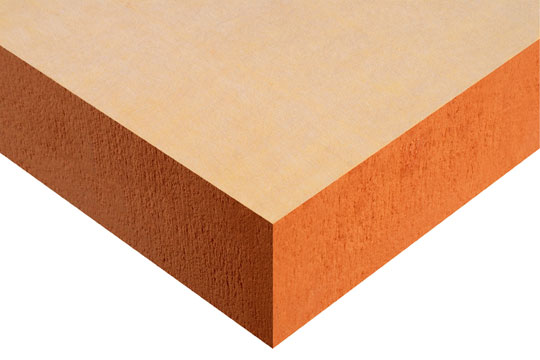Insulation Materials Classification
by Mark Row
 Insulation – Basic Facts
Insulation – Basic Facts
Insulation represents a material which is designed to reduce the transfer of heat and sound, therefore there are two basic types of insulation: thermal and sound insulation. Thermal insulation reduces heat transfer leading to a more stable house temperature, which again leads to a reduced heating and cooling bills. Sound insulation makes your house more pleasant to live in, by protecting you from the outside noise. In order to decide which insulation product is best for you I decided to make this insulation materials classification. Also, always check the R-value of the material, since that is the measurement of the heat transfer resistance, so the higher the R-value, the better.
Classification of Insulation Materials
- Glass wool is made of recycled glass and sand, soda ash and limestone. The glass is then spun into millions of fine fibres, then by applying the resin, the fibres are connected together. It can be produced in rolls and slabs.
- Rock wool is made of molten rock in a furnace through which a steam is blown at around 1600 °C. They can be pressed into rolls and sheets and because of that, this type of insulation acts as a good thermal and sound insulator.
- Rigid insulation boards are divided into: PUR, PIR and Polystyrene boards. Polyurethane (PUR) boards are filled with non CFC gas, but in order to prevent the escaping of the gas, they are faced with aluminium foil. Polyisocyanurate (PIR) boards are similar to PUR boards, but these boards also involve long strand glass fibres in their structure. Polystyrene boards are very good insulators against extreme temperatures and noise.
- Reflective foil insulation represents a very clean and very effective product which is often used in the building industry. Insulation foil reduces the heat transfer by up to 97%. Reflective foil works as a great vapour barrier and reduces the moisture condensation which can be a problem for some fibreglass insulation materials.
- Eco products include environmental friendly types of insulation. Those products are: thermal and acoustic slabs and rolls, sheep's wool insulation, hemp insulation and recycled polyester insulation.
- Dry lining is the type of construction method which involves plasterboard panels, and it is used as a replacement for wet plaster.
- Breather membranes, damp proofing materials, renders, adhesives and insulation accessories are also available at Insulation Shop.
You can also browse our offer based on the use of insulation materials in different areas of the house: roof insulation, loft and ceiling insulation, floor insulation, different types of wall insulation, as well as the external wall insulation systems.
For more information on any insulation material read related blog articles and product descriptions on our website. If you have any questions please post them in the comments below.






































































































